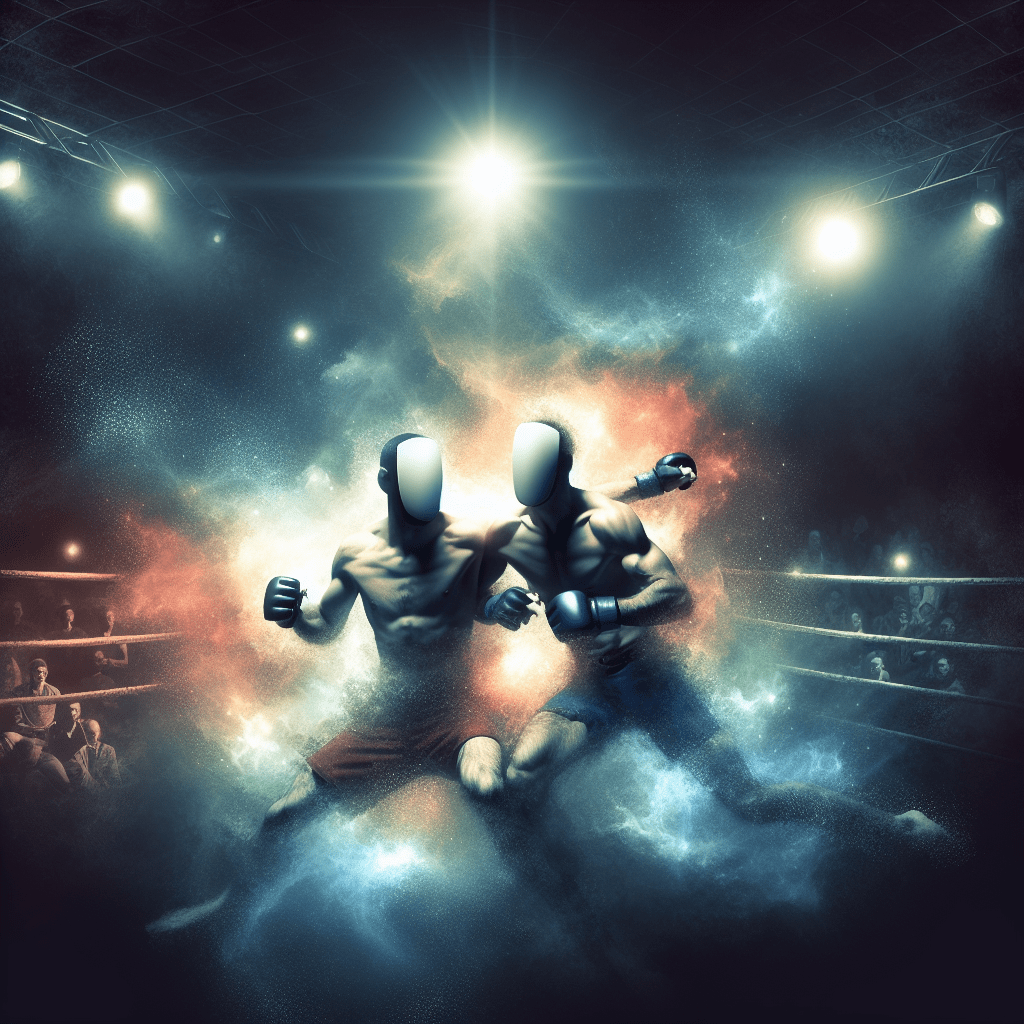Introduction and Brief History of UFC
The Ultimate Fighting Championship (UFC) is a mixed martial arts (MMA) promotion based in Las Vegas, Nevada. Established in 1993, it is the leading global entity in the sport of MMA and has grown exponentially over the past few decades, gaining widespread popularity worldwide.
The UFC was conceived with the aim of identifying the most effective martial art in a contest with minimal rules between competitors of different fighting disciplines. Initially, it involved fighters from various backgrounds such as boxing, Brazilian Jiu-Jitsu, Sambo, wrestling, Muay Thai, karate, and judo. Over time, however, fighters began fusing various fighting styles, and MMA evolved into a unique sport in its own right.
Today, UFC events are broadcast in over 150 countries, featuring fighters from more than 70 countries. The organization maintains its status as the pinnacle of MMA, where the world’s top-ranked fighters compete in the Octagon.
UFC Rules and Weight Classes
The UFC operates under the Unified Rules of Mixed Martial Arts, which were initially established by the New Jersey Athletic Control Board and have since been adopted by most states where MMA contests are held. These rules classify techniques as legal and illegal and specify the attire fighters may wear.
In addition, the UFC divides fighters into different weight divisions. There are currently twelve weight categories in the UFC, eight for men and four for women. These divisions range from strawweight for women (up to 115 lbs) to heavyweight for men (206–265 lbs). Each weight class crowns its own champion, who is generally recognized as one of the top fighters in the world in their weight class.
Economic Impact and Cultural Influence of UFC
UFC’s economic impact and cultural influence are vast. With its increasing popularity, the organization has done a tremendous job of bringing MMA to the mainstream. Its success has spawned numerous other MMA promotions globally, although none have achieved the same level of success or recognition.
UFC bouts attract millions of viewers, financially benefiting from pay-per-view sales, live gate receipts, broadcasting rights, and sponsorship deals, among other things. The UFC’s growth has also resulted in significant job creation, not just for fighters, but also for support staff such as coaches, trainers, and various personnel involved in event production.
Culturally, UFC has played a crucial role in changing perceptions of MMA. Once viewed as a brutal and unsophisticated sport, MMA, under the UFC’s stewardship, has been recognized as a legitimate and highly technical sport that requires a unique combination of strength, speed, agility, and tactical acumen.
Notes
Image Description
The image depicts two UFC fighters mid-bout in the octagon, demonstrating the high-energy, captivating nature of the sport. The crowd in the background is blurred, focusing the viewer’s attention on the fighters who are engaged in battle, showcasing the significant physical demands and tactical complexity of MMA. The image encapsulates the intensity and excitement that UFC, as the premier MMA organization, consistently delivers to its global audience.
